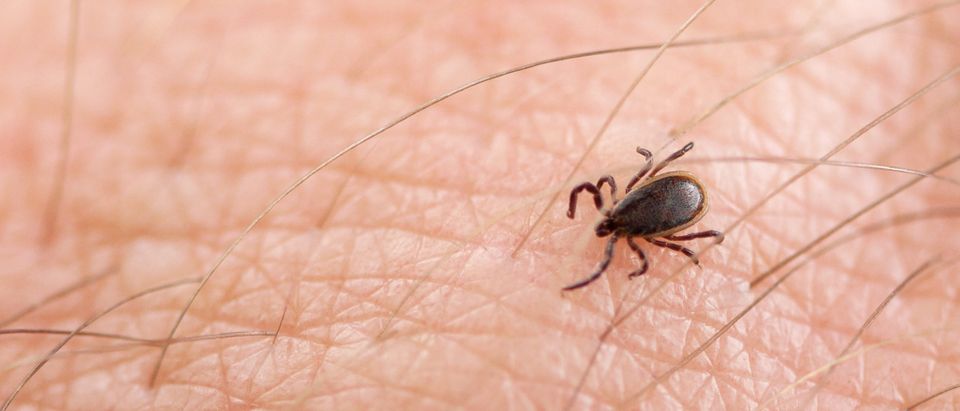Black-legged ticks (Ixodes scapularis) carrying Lyme Disease may soon broaden their territory across the Midwest, new research suggests.
For the study, published in the journal “Proceedings of the Royal Society B.,” researchers using 65 peer-reviewed articles traced the black-legged ticks’ spread since the 1960s when the blood-sucking arachnid was first identified in Wisconsin and Minnesota. (RELATED: Lone Star Ticks Are Causing This Weird Meat Allergy)
A new model built by #ILLINOIS entomology professor Brian Allan and U. of Maine professor Allison Gardner accurately predicts where black-legged ticks and Lyme disease will appear next in the Midwest. https://t.co/GmzjKRRtdd pic.twitter.com/aqzfKNqcxQ
— U of I News Bureau (@NewsAtIllinois) December 23, 2020
After examining the spread patterns, they concluded that the ticks demonstrated proof of spreading in all directions in the Midwest. According to a model that the researchers developed, the Lyme disease-carrying ticks are projected to infest 42 additional Midwestern counties in 2021.
The scientists reportedly built their model using county-level data on ticks and Lyme disease occurrence, regional environmental data, notably the number of rivers and forest cover in various counties, Centers for Disease Control and Prevention (CDC) databases and journal articles.
The ticks have a “wave like pattern of spread,” said Brian Allen, entomology Professor at the University of Illinois Urbana-Champaign, who was involved in the study. “Counties that get invaded with black-legged ticks tend to be adjacent to a county that has already been invaded.”
“And in some Midwestern states, we see that areas adjacent to major rivers are invaded in sequence. In Illinois, for example, the ticks first arrived along the Illinois River and then spread up and down the river quite quickly,” Allen added.
Lyme disease is America’s most common vector-borne disease, according to the CDC. Through their bite, black-legged ticks transfer the bacteria causing the illness to humans. Fever, headache, fatigue and a skin rash named erythema migrans are the disease’s typical symptoms. If left untreated, the infection can spread to joints, the heart and the nervous system.
You can access the full study here.












